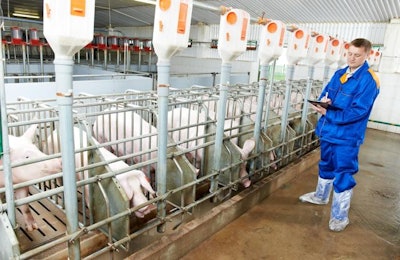
If you like science fiction, like myself, then this is certainly going to enthuse you. Scientists discovered that bacteria constantly secrete signaling molecules (autoinducers) that are being detected by other bacteria, even by diverse species. When the concentration of these signaling molecules is low (low bacterial population), then pretty much nothing happens. When the concentration increases above a certain level (high population density), then these signals are taken into account by regulating gene expression response. This is called quorum sensing — or in simple words, knowing what is going on around you. Such is the pathogenicity trait of gram-negative bacteria like Escherichia coli that is controlled by quorum sensing. At low population density, pathogenic E. coli strains are not virulent, but when at high enough numbers, they start producing toxins that lead to diarrhea. Biofilm formation is also a quorum sensing controlled trait in that below a certain signal density, microbes do not secrete the necessary polymeric compounds to form the biofilm matrix.
All these would be of academic interest to us except that by disrupting quorum sensing, pathogenic bacteria get “disoriented” and are not expressing their virulent traits. This inhibition of quorum sensing is called quorum quenching, and it is based on providing a molecule that antagonizes the real autoinducer, or an enzyme that degrades these signal molecules. Again, it's not much to do with nutrition, especially when these quorum quenching compounds can be produced by the pharmaceutical industry. As it happens, however, we are now investigating the use of probiotics (other bacteria, and obviously from the beneficial ones) that produce quorum quenching molecules (antagonists or enzymes), disrupting the normal quorum sensing of pathogenic strains. That could be another tool toward reducing antibiotic use in animal production.
This may sound like science fiction, but think about it like this: beneficial bacteria making life difficult for pathogenic bacteria by disrupting the way the latter perceive their environment. An oversimplification, but I am still new to this field myself, so you better talk to your probiotic supplier for an in-depth explanation. I know I will!

















